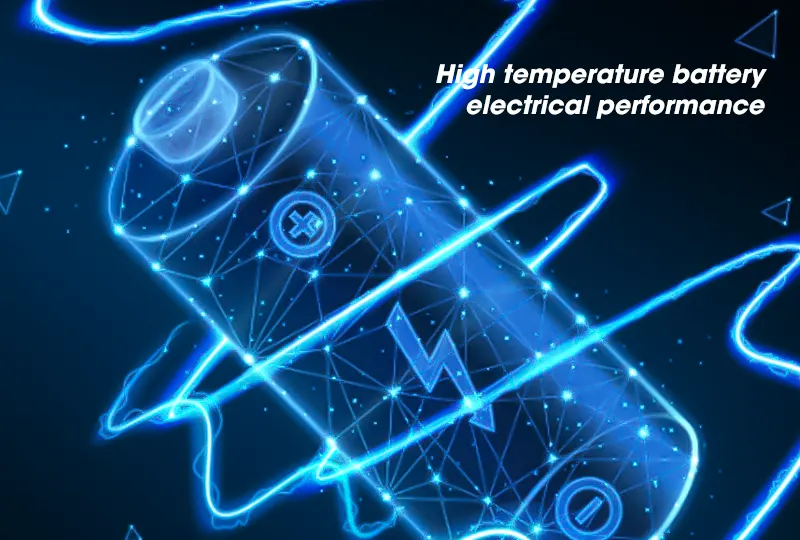What are the limitations or challenges associated with MWD technology?...
Read MoreWhat is the rolling process in high temperature battery production?
The rolling process in high temperature battery production is a manufacturing technique used to create a thin, uniform layer of electrode material that is applied onto a current collector substrate. The process involves passing the electrode material through a series of rollers under controlled pressure and temperature conditions, which results in a compressed, smooth, and dense electrode layer.
The electrode material used in high temperature battery production is typically a mixture of active material, conductive additives, and a binder. The mixture is first prepared as a slurry, which is then applied to a current collector substrate using a coating method such as doctor-blade coating or slot-die coating. The coated substrate is then dried to remove any solvent present in the slurry.
Once the coated substrate is dry, it is fed through a set of rollers that apply pressure to the electrode layer, compressing it and reducing its thickness. The rolling process helps to increase the density of the electrode layer, which improves the battery’s performance by increasing the contact area between the active material and the current collector, thereby improving the electrode’s conductivity.

The rolling process also ensures that the electrode layer is uniform in thickness, which is critical for the battery’s performance and reliability. The thickness of the electrode layer is carefully controlled, as a thinner layer can result in reduced energy density and capacity, while a thicker layer can lead to reduced power density and increased internal resistance.
The calendering process is an essential step in the production of high-temperature batteries, as it enables the creation of uniform, high-performance electrodes, which are critical to the successful operation of the battery.
Extend Knownledges
What are the limitations or challenges associated with MWD technology?
What are the limitations or challenges associated with MWD technology?...
Read MoreAre there any limitations or considerations for using an autoclave?
Are there any limitations or considerations for using an autoclave?...
Read MoreWhat temperature and pressure are typically used in an autoclave?
What temperature and pressure are typically used in an autoclave?...
Read More